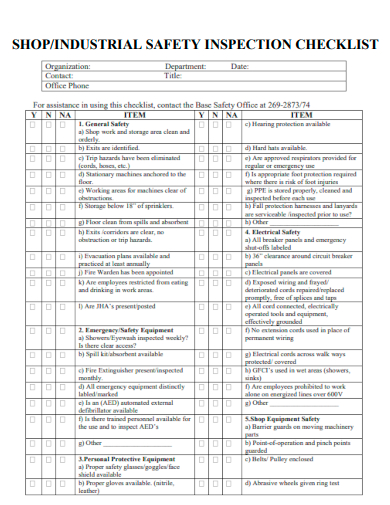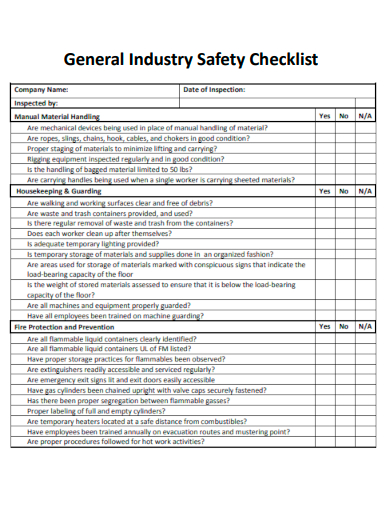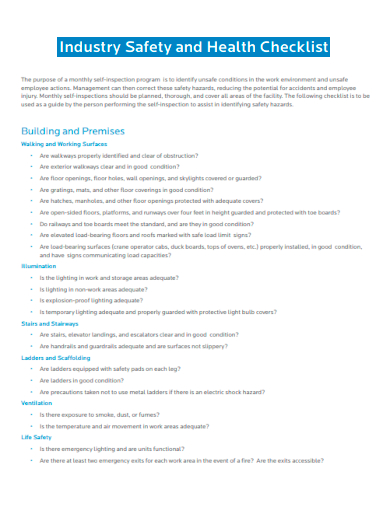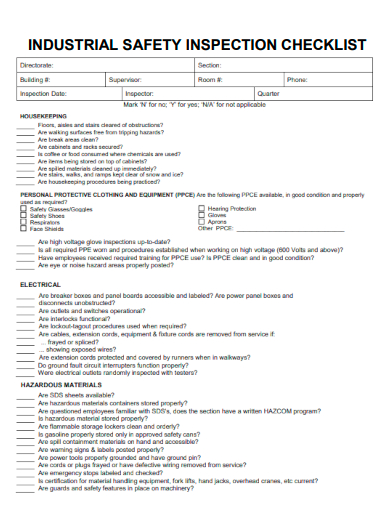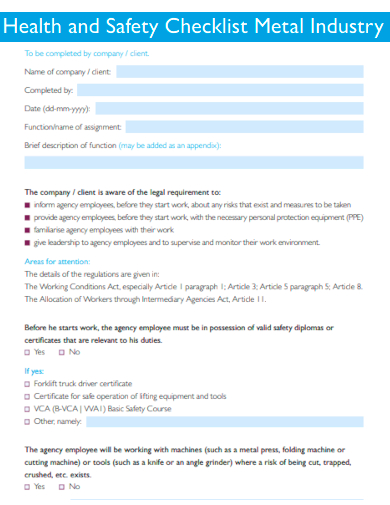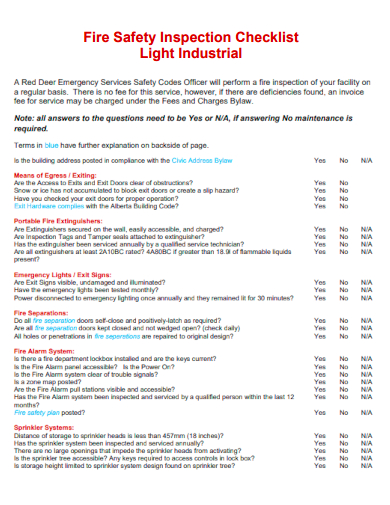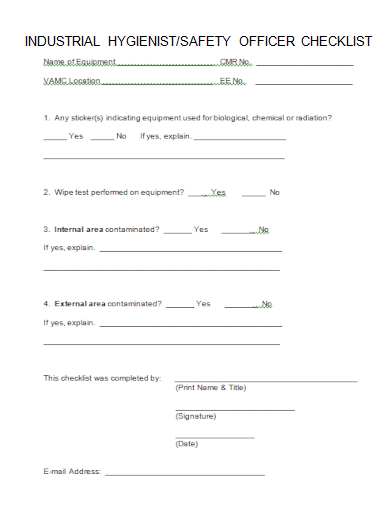Workplace safety is and should always be a top priority in every workplace around the world. Employees have a legal right to be and feel safe and secure at work, regardless of size, shape, or scale. Construction sites, in particular, constantly expose their employees to numerous health and safety hazards. It is critical to ensure that the workplace provides a sense of safety and security for all workers and visitors. Safe workplaces enable your employees to work confidently and efficiently, knowing that they are not in danger. It not only protects your employees’ well-being but also keeps the business running by ensuring that no incidents disrupt business operations.
Every workplace must have well-established safety and emergency plans. From fire plans to evacuation plans, these are critical because they provide the tenets that ensure each employee’s safety. These systems, however, are frequently lacking. You must also ensure that these policies are strictly enforced, comply with regulations, and are actually effective. A regular health and safety inspection in and around the workplace ensures that everything is up to date, and functional, and provides actual safety and security. Safety inspections are equally important as safety management plans. A Health and Safety Inspection Checklist is an excellent tool for ensuring that the inspection goes smoothly. Check out the industrial safety checklist samples listed below to get a better understanding of what the document is and how it works. You can also use these samples as a guide or a template when creating your own inspection checklist.
10+ Industrial Safety Checklist Samples
1. Shop & Industrial Safety Inspection Checklist
2. General Industrial Safety Checklist
3. Industrial Safety and Health Checklist
4. Industrial Safety Inspection Checklist
5. Health and Safety Checklist Metal Industry
6. Basic Industrial Safety Checklist
7. Fire Safety Inspection Checklist Light Industrial
8. Industrial Hygienist Safety Officer Checklist
What Is an Industrial Safety Checklist?
Safety checklists are tools used by safety officers or safety supervisors to conduct critical workplace safety inspections and examinations. It should include everything involved in all operations on and around the job site. By establishing a guideline for each component in the workplace that is to be inspected, a checklist ensures that the inspection goes smoothly and effectively. The checklist can assist in thoroughly assessing the environment’s safety and actively addressing risks or hazards that could lead to highly costly work-related accidents that could have been avoided if only the employers had tried. Safety inspectors should be able to examine every work-related activity, operation, and component that could endanger the health and safety of the employees on-site using a well-established checklist. The checklists should also be tailored to the specific nature of the given worksite environment.
What Should Be Included in an Industrial Safety Checklist
Inspection checklists should be tailored to the nature of workplace operations. The best workplace safety inspection is one that is tailored to the specific needs of each location. Although the examples provided below do not cover every possible item for workplace safety inspections. Still, make a note of every unique aspect of your workplace and include it in your checklist.
- Environment
- Containers
- Electrical
- Fire protection and prevention
- Material handling
- Personal Protective Equipment
- Storage facilities
- Paths and walkways
- Safety devices
- Control panels
- Hygiene and first aid facilities
- Powered equipment and other electronic devices
- Security tech and security personnel
- Psychosocial hazards
That should cover the majority, if not all, of the fundamentals. Other more specific components are entirely dependent on the nature of the work in the workplace, so make sure you’ve covered everything.
FAQs
What is a workplace safety checklist?
Supervisors use checklists to quickly assess the level of safety in their areas of responsibility. It is a useful tool for assisting supervisors in identifying unsafe and risky working conditions and practices that are likely to result in injuries.
How important is safety?
A safe and healthy workplace not only protects the well-being of employees and the overall nature of the business but also significantly reduces the cost of recovering from work-related incidents.
What are the five steps in a workplace inspection?
- Planning and scheduling
- Preparation
- Implementation
- Documentation
- Follow up
Workplace and environmental safety is and should always be a top priority for all employers. Not only do employees have a legal right to be safe at work, but working in a safe environment can also significantly increase employee productivity and work ethic. Employees may refuse to report to work if they are concerned about their safety.
Related Posts
FREE 4+ Facilities Maintenance Checklist Samples [ School ...
FREE 10+ Employee Safety Training Plan Samples in PDF MS ...
FREE 8+ Housekeeper Checklist Samples & Templates in Excel ...
FREE 5+ Software Inspection Checklist Samples [ Home, Safety ...
FREE 19+ Quality Checklist Samples & Templates in PDF MS Word ...
FREE 9+ Machine Maintenance Checklist Samples [ Daily, Sewing ...
FREE 10+ Site Safety Emergency Plan Samples in MS Word ...
FREE 12+ Audit Checklist Samples in Excel MS Word | PDF ...
FREE 3+ Food Safety Audit Checklist Samples [ Internal ...
FREE 3+ Truck Maintenance Checklist Samples in PDF
FREE 20+ Monthly Checklist Samples & Templates in Excel MS ...
FREE 13+ Construction Inspection Report Samples in PDF MS Word
FREE 9+ Monthly Vehicle Inspection Checklist Samples [ Car, Fleet ...
FREE 3+ Predictive Maintenance Checklist Samples in PDF DOC
FREE 17+ Daily Checklist Samples & Templates in PDF MS Word ...

